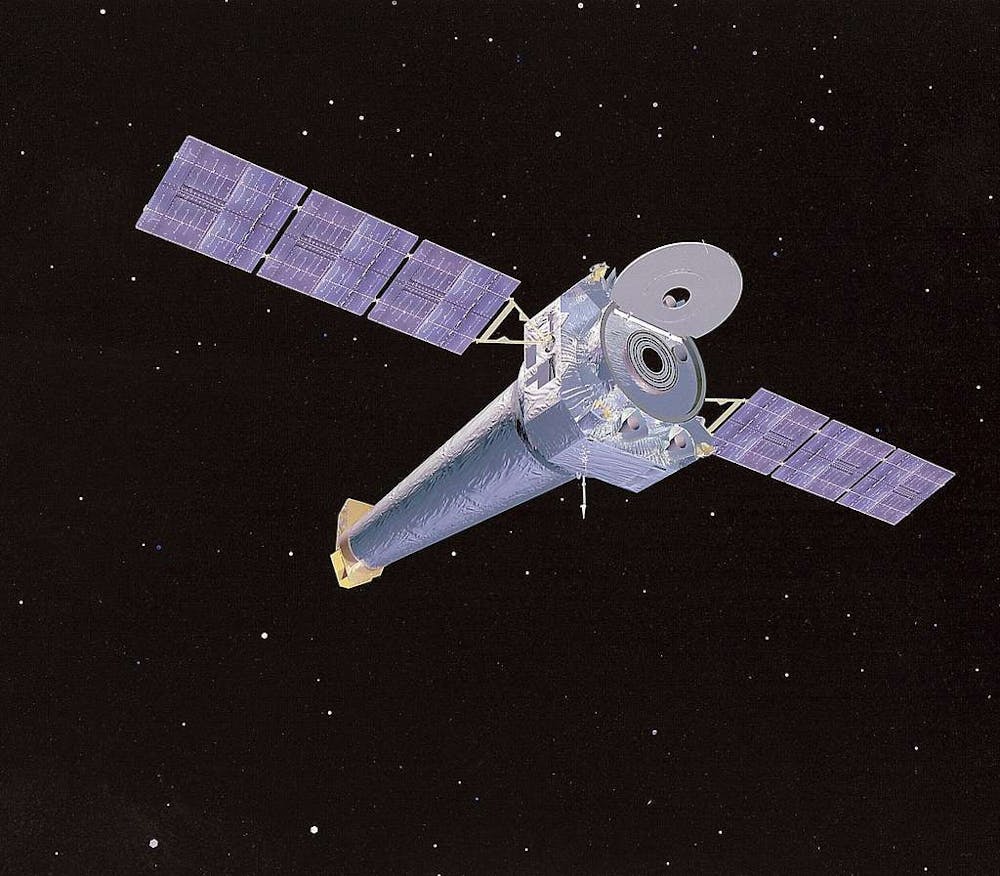Welcome back from spring break! To get back into the groove of things, take a moment to learn about the new exciting progress in STEM.
Naive B cells continuously infiltrate spontaneous germinal centers
Autoimmune diseases such as systemic lupus erythematosus (SLE) occur when the body’s immune system mistakenly attacks its own tissues. This leads to the creation of germinal centers where the body produces antibodies against itself.
Researchers investigated this process in a mouse model of SLE. They found that normal cells quickly joined the germinal centers where immune reactions occurred, then multiplied and stayed there, eventually adding to the production of harmful antibodies. This process relied on factors such as Toll-like receptor 7 (TLR7), located on the immune cells.
Scientists hope to further develop therapies that can intervene at different stages of this infiltration of naive cells. Current interventions include targeted drugs or treatments designed to balance the activity of these molecules or pathways, which can in turn control autoimmune reactions and reduce tissue damage.
No brain damage is found in diplomats with “Havana syndrome”
In 2016, many U.S. diplomats at the U.S. embassy in Havana fell ill with mysterious symptoms. They reported feeling hearing loud noises or experiencing intense headaches.
The illness was dubbed Havana syndrome, though it is sometimes referred to as anomalous health incidents (AHIs). MRI scans on 81 patients did not show any significant brain damage in these individuals, but another study revealed that 24 people had persistent postural-perceptual dizziness — a chronic condition caused by changes in the brain’s interpretation of space. Some current treatment options include balance rehabilitation therapy, but other research on AHIs is still ongoing.
Criticism of proposal to terminate NASA’s X-ray scope
Scientists are asking Congress to stop NASA from closing down the Chandra X-ray Observatory, which has been up and running for almost 25 years. Yet, President Biden wants to cut the telescope’s budget by 40%. The telescope has been a crucial part of discovering supernovae, black holes and massive galaxy clusters. If it gets shut down, there won’t be any other technology that matches its current capabilities.
Chandra X-ray Observatory has served as a pivotal role in space exploration. Observations of X-ray emissions have allowed for understanding of the behavior of black holes, the distribution of hot gas within galaxy clusters, the aftermath of supernova explosions and the properties of neutron stars and their pulsars. Overall, Chandra’s ability to detect high-energy phenomena has contributed greatly to the field of high-energy astrophysics.
Recently, scientists have been advocating, through meetings and social media posts, against Chandra’s termination. Their goal is to influence NASA’s decision and ensure the continued operation of the telescope, emphasizing how it has advanced scientific endeavors and uncovered more about the cosmos.
Researchers engineer a mouse embryo with six legs
Scientists have engineered a mouse embryo with six legs instead of the typical four. This discovery helps researchers understand how a specific gene pathway affects the development of body parts in embryos.
The TGFBR1 gene changes gene expression patterns in primordial structures that differentiate into limbs or external genitalia in embryos. Inactivating the gene would lead to extra limbs and a lack of external genitalia.
This unforeseen finding can lead to new information on embryo development and the potential role of TGFBR1 and related genes in mechanisms behind metastatic cancer and immune functions.





